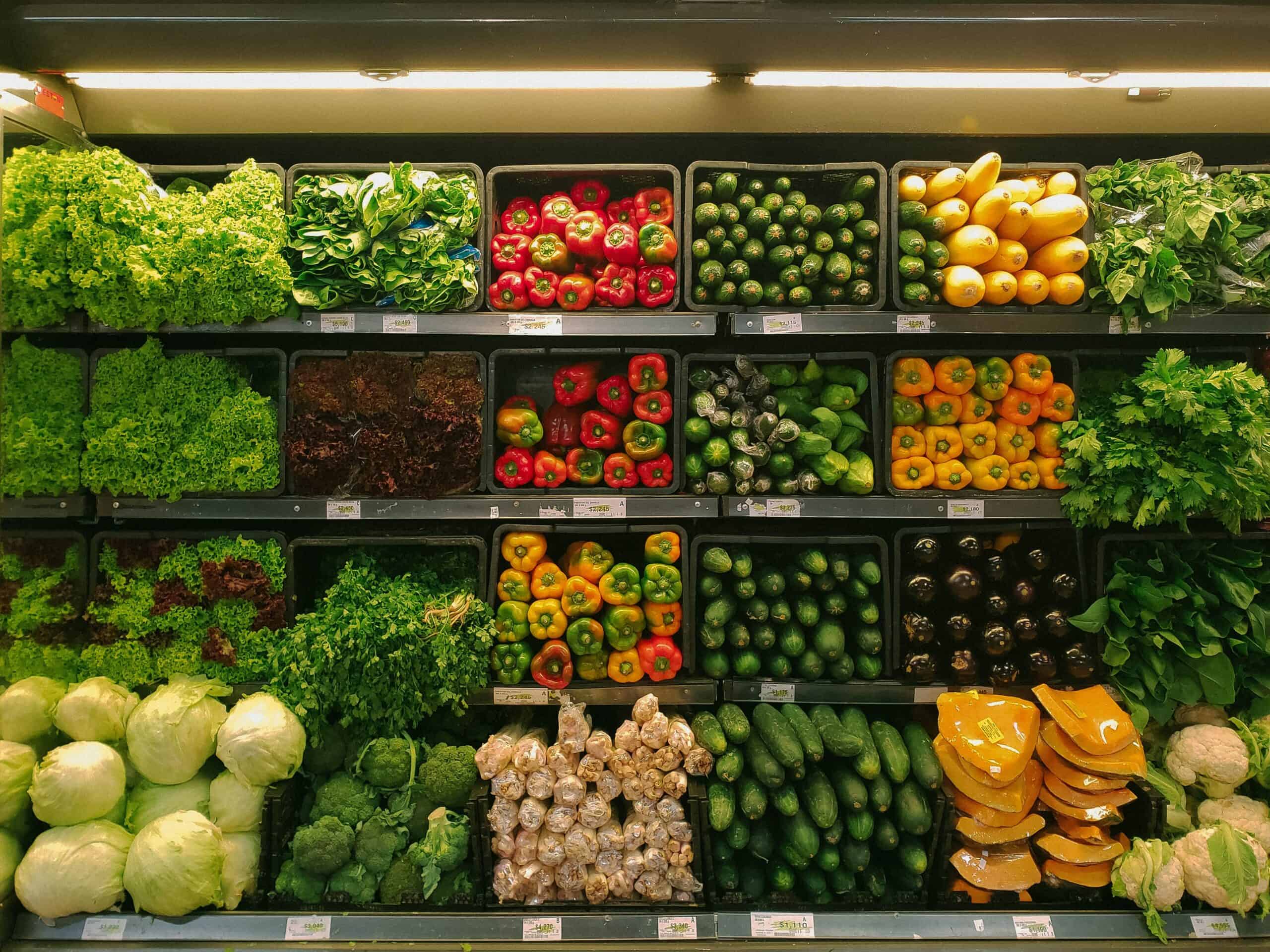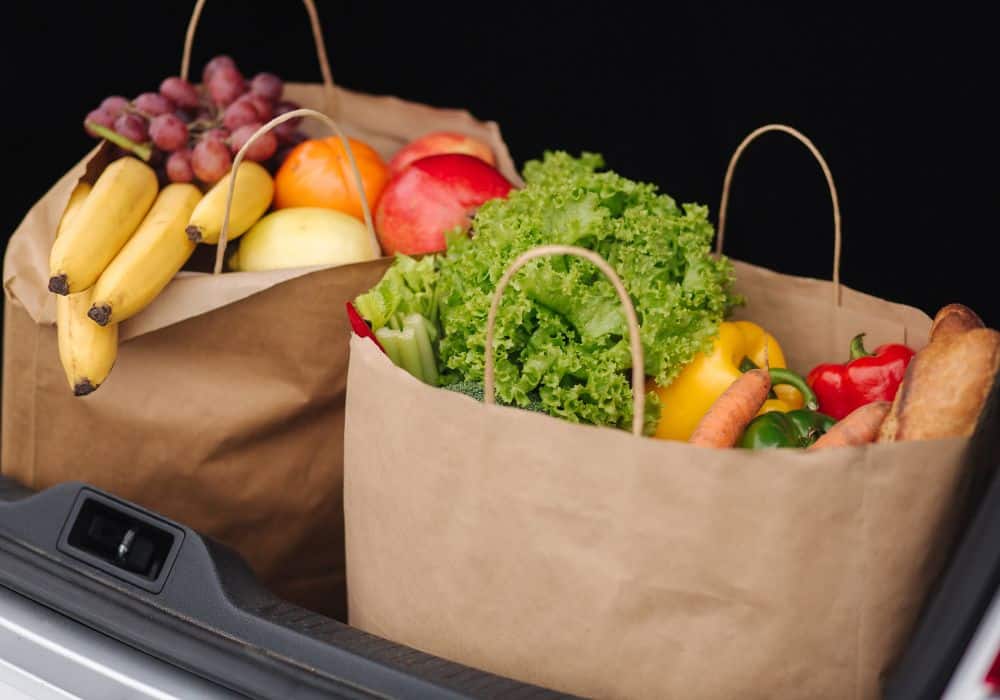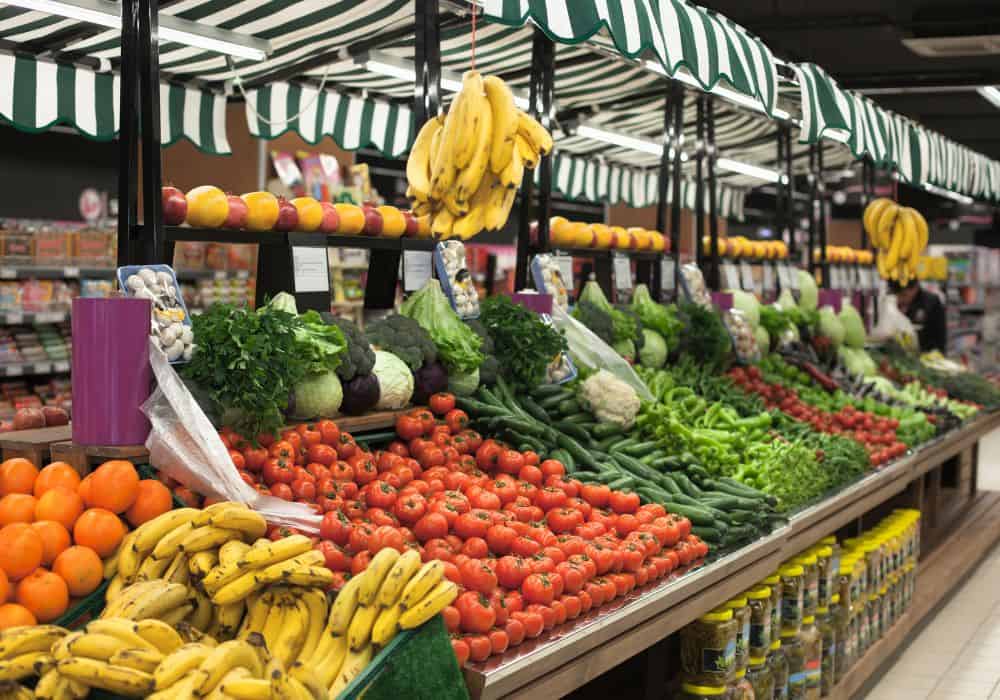Heading off to college or university is often a student’s first foray into independent living. Along with newfound freedoms come the challenges of managing day-to-day responsibilities, one of which is grocery shopping. For many, this task can be daunting, not just because it’s a new experience but also due to the constraints of a tight student budget. Ensuring that one can eat healthily and economically becomes a vital skill, impacting both academic performance and overall well-being.
The reality of student life means juggling various demands. While academics are paramount, the importance of a balanced diet cannot be overstated. Good nutrition serves as the fuel for both the brain and body, aiding concentration, memory retention, and overall energy. Without it, even the brightest students might struggle to keep up.
Ironically, as students strive for academic success, the common refrain might not just be about grocery shopping but also questions like “Can someone help me write my papers?” Both concerns underscore the larger challenge of efficiently managing resources, whether it’s time, money, or mental energy, during one’s student years.
Table of Contents
The Budgeting Basics
For students, every penny counts. Before setting foot in a grocery store, it’s essential to understand one’s financial limits. Setting a weekly or monthly grocery budget is the first step. By determining how much can be spent, students can make more informed decisions about what to buy and avoid the pitfalls of overspending.
Budgeting isn’t just about setting a spending limit, though. It’s about tracking expenses, reviewing receipts, and understanding where the money goes. Over time, this can provide insights into shopping habits, revealing areas where one might be overspending or highlighting opportunities for additional savings.
Tips for Planning Before You Shop
Walking into a grocery store without a plan can be a recipe for financial disaster. Impulse purchases and attractive promotions can quickly add up, resulting in overspending. To avoid this, making a meal plan for the week ahead can be invaluable. By deciding in advance what meals will be cooked, students can create a precise shopping list, ensuring they buy only what’s necessary.
This shopping list becomes the student’s best ally. It serves as a roadmap, guiding them through the store and helping them resist the allure of non-essential items. Moreover, by sticking to this list, students not only save money but also time, making the shopping experience more efficient and less stressful.
Smart Shopping Strategies
Successful grocery shopping isn’t just about having a list; it’s about making wise choices that align with your budget and nutritional needs. One fundamental strategy is buying in bulk. Often, products like grains, pasta, and cereals are cheaper when purchased in larger quantities. However, it’s essential to have adequate storage and to ensure that these items will be consumed before they expire.
Embracing seasonal and local produce is another excellent way to save money. Fruits and vegetables that are in season are not only fresher and more nutritious but also generally more affordable than their out-of-season counterparts. Shopping at local farmers’ markets can further support this approach, often offering high-quality produce at competitive prices.
Understanding unit prices is an underutilized skill. The unit price, usually displayed on the store shelf’s price tag, indicates the cost per unit of weight or volume. By comparing unit prices, students can determine the most cost-effective option, which isn’t always the cheapest upfront. Lastly, while pre-packaged or ready-made meals might be convenient, they often come at a premium. Preparing meals from scratch is almost always more economical and offers the added benefit of knowing exactly what goes into your food.
Understanding Store Layouts
Ever wondered why essentials like dairy and bread are often at opposite ends of a store? Or why the candy and snacks are so prominently displayed near the checkout? Store layouts are meticulously designed to encourage impulse buying and maximize a store’s profit. As a savvy student shopper, recognizing these strategies can help you navigate stores more efficiently.
Most stores are organized so that fresh produce, dairy, and meats are on the outer aisles, while processed foods dominate the central aisles. By shopping primarily along the periphery, students can focus on fresher, less processed, and often more affordable options. It’s not about avoiding the center aisles altogether but about being strategic and sticking to the list when venturing into those sections.
Couponing and Discounts: Making Them Work for You
While the idea of clipping coupons might seem outdated, the savings they offer are very much relevant. With the rise of digital platforms, many stores now offer e-coupons or apps that provide instant savings at the checkout. Regularly checking these platforms or even signing up for newsletters can lead to significant discounts over time.
Store loyalty programs are another avenue for savings. These programs often provide members with exclusive deals or cashback on purchases. However, it’s crucial to be discerning. Just because an item is on sale doesn’t mean it’s a good buy. It’s important to compare the sale price with regular prices and to avoid buying items in bulk that won’t be consumed before they go bad.
While savings from individual coupons or discounts might seem minor, over weeks and months, they can add up, making a noticeable difference in a student’s grocery budget.
Nutritious, Budget-friendly Staples for Every Student
For those on a tight budget, certain staples stand out as both nutritious and cost-effective. Beans, for instance, are a great source of protein and fiber and can be the backbone of countless dishes, from soups to salads. Rice, especially when bought in bulk, is another versatile grain that can complement a variety of meals. Eggs are a protein-rich option that can be cooked in numerous ways, while frozen vegetables offer the advantage of a longer shelf life without compromising too much on nutritional value. When shopping, consider these staples as cornerstones for your meal planning and get creative with recipes that maximize their potential.
Decoding Organic and Non-Organic: Where to Invest
The organic vs. non-organic debate can be confusing, especially when budget constraints come into play. Generally, organic produce is grown without synthetic pesticides and fertilizers. While many advocate for organic due to health and environmental reasons, it’s typically more expensive. For students on a tight budget, a pragmatic approach might be the “Dirty Dozen” and “Clean Fifteen” lists. These annually updated lists highlight produce with the most and least pesticide residues. Investing in organic options for the “Dirty Dozen” while saving with conventionally grown “Clean Fifteen” items can be a balanced approach.
Tips to Reduce Food Waste and Save Money
Every bit of food waste is essentially money down the drain. Being mindful of consumption habits and storage techniques can significantly reduce waste. For instance, using clear storage containers lets you see what’s inside, helping avoid forgotten leftovers. Familiarizing oneself with best-before dates versus expiry dates can also prevent premature disposal of food. Remember, “best before” is about optimal quality, not safety. Lastly, being creative with leftovers—turning yesterday’s roasted vegetables into today’s soup or salad, for instance—can both save money and reduce waste.
Takeaway
In the academic sphere, where the search for the Best Dissertation Writing Service or the most effective study technique is commonplace, it’s easy to overlook the profound impact that effective grocery shopping can have on a student’s life. Nurturing both the mind and body is a holistic endeavor. While assignments and grades are undoubtedly important, so too is the food that sustains us during those long study sessions.
Being financially and nutritionally savvy isn’t just about surviving the student years. It’s about cultivating habits that will lay the groundwork for a lifetime of health and financial stability. As students navigate their academic journey, it’s essential to remember that the choices made at the grocery store play a pivotal role in shaping both immediate outcomes and long-term trajectories.



